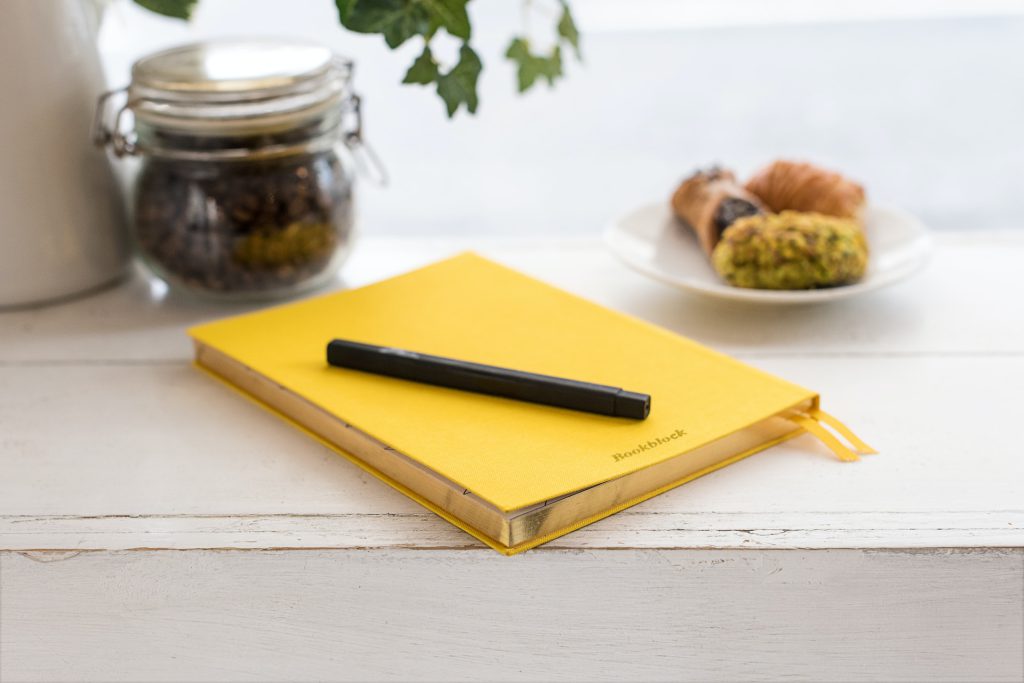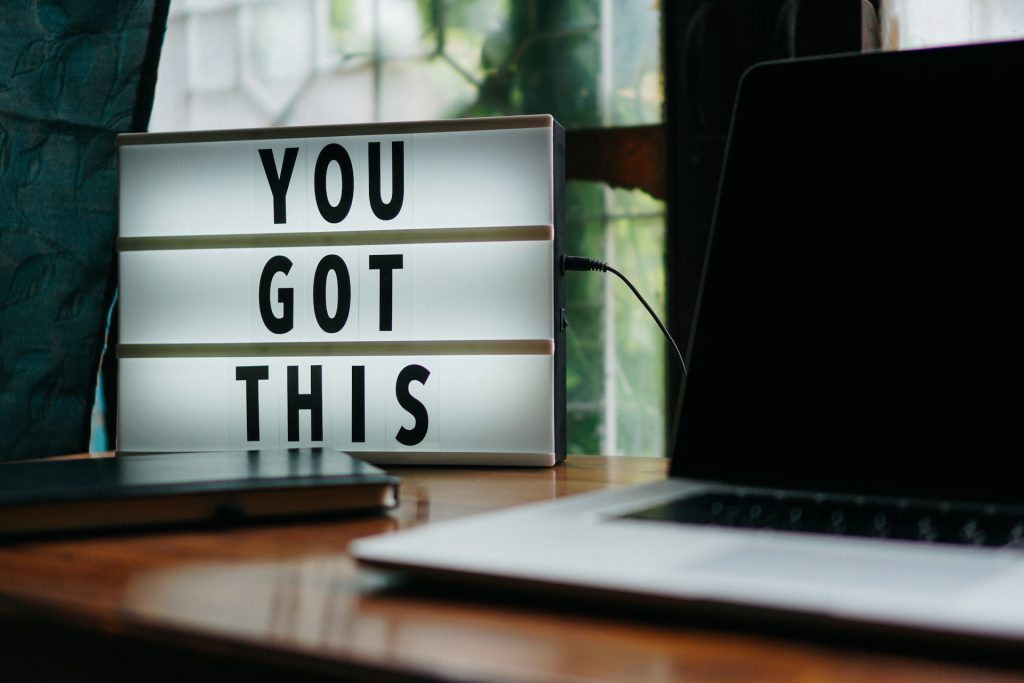I’m a dietitian, so people will often ask me nutrition-related questions in the course of regular conversation. It’s a bit like being friends with a dermatologist. You’re very tempted to ask them questions like, “does this mole look funny to you?” or “what SPF sunscreen should I get?”
Typically people are looking at me to confirm or disprove something they do or do not already believe when the pose a question. “What are your thoughts on intermittent fasting?” Or, “I can’t seem to get rid of this stubborn layer of fat on my lower stomach, what should I do?” Or, “Is eating organic worth it?” are some examples.
When people come at me with a symptom-related question, such as getting rid of unwanted body fat, wanting to eliminate a gastrointestinal symptom they’ve been experiencing, having trouble with acid reflux, or wanting to stop overeating at night, I typically tell them they can hire me if they want to find out.
Ha, just kidding! Kind of. Of course they can, but I often propose a simpler course of action: start keeping a food diary.

Keeping a food diary is something I have all of my clients do at a few points during the course of the program we work through. Initially, I assign the food diary more for my benefit so I can identify frequently eaten foods, eating patterns, common meal times, portion sizes, eating environment, and so on.
We review the food journal together and I typically first ask my clients if they realized anything about their eating that they didn’t realize they were doing upon the review.
For my clients who have a negative history of calorie counting, I can sense their nervousness when I tell them we are going to be doing a food journal. I can also see the relief wash over their faces when I tell them that I don’t want them weighing, measuring or tracking any food or calories.
You might be wondering – if we aren’t tracking calories then what use is doing a food journal?
Here are 6 ways you can keep a food journal without counting calories.
- Track what you eat – plain and simple. Honestly, just spending a week writing down everything you eat and drink and then going back over it can open your eyes to things you might not notice. Such as, “hmm, I noticed that I had ice cream every night. Was that normal? Did I want it or was I just eating because I was bored?” You will be able to see your frequently eaten foods and consider if they are healthy enough to include every day.
- Track your mood. This may seem silly, but this can give you BIG insight into your emotional eating trends. If you find that you’re writing down things like “stressed,” “sad,” or “anxious” at every meal then this is definitely something you’d want to make a focal point of your work with food.
- Track your hunger. I go over a more in-depth hunger scale with my clients, but getting a feel for your hunger can help you even if it’s just loosely. Having options like “not”, “somewhat” or “very” can show you when you are typically eating. If you’re always “not” hungry, you might be eating too much or struggle with emotional eating. If you’re always “very” then you might be waiting too long to eat.
- Track your fullness. Similarly, you can track fullness using the same modified scale. This might provide insight on how you might not be eating enough during the day, causing you to overeat and become too full at night.
- Track your eating environment. One time I reviewed a client’s journal and I could see her keyboard in the background of every photo. I suggested that maybe she’d get more satisfaction from her food if she took time to actually pay attention to what she’s eating. Similar to if you are always eating in the car, in front of the TV or on the go.
- Track your mindfulness. See if you’re actually paying attention to what you’re eating. Having my clients take photos can help with this because they have to pay attention to some degree. Eating awareness has a huge impact on satisfaction levels and the brain-body connection.
Try some (or all!) of these and see what you find! You might want to pick a direction that you know will help you based on your current struggle areas or problems in eating instead of trying them all at once.
And of course, if you want to talk through your findings or are struggling to make any changes with your eating despite understanding the problem (and especially if you don’t even understand the problem!) then I’m here to help you.

